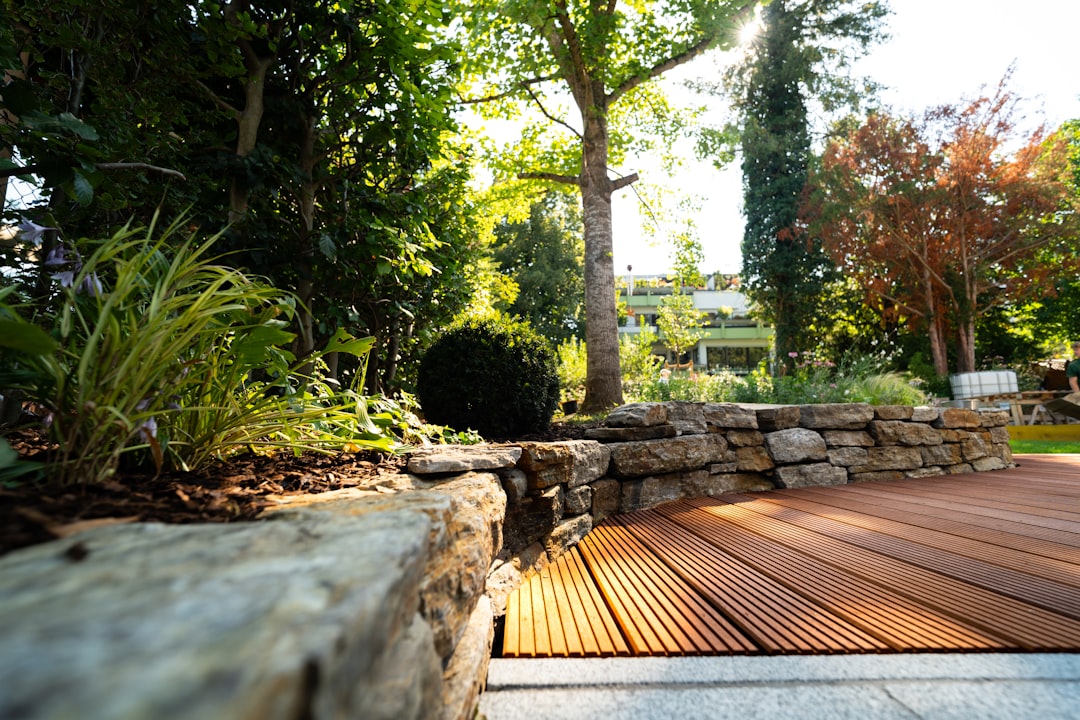Nature's Way to a Wasp - Free Yard

When it comes to maintaining a beautiful and safe garden, dealing with wasps and hornets can be a real challenge. These stinging insects not only pose a threat to you and your family but can also disrupt the peaceful enjoyment of your outdoor space. However, before reaching for the chemical sprays, it's worth exploring natural methods to rid your yard of these pests. Here are some tips to help you achieve a wasp - and hornet - free yard in a safe and eco - friendly way.
Identify the Nest
The first step in getting rid of wasps and hornets is to locate their nest. Wasps typically build their nests in sheltered areas such as under eaves, in tree branches, or inside wall voids. Hornets, on the other hand, often construct large, papery nests in trees or shrubs. Look for signs of wasp or hornet activity, such as insects flying in and out of a particular area. Once you've found the nest, mark its location, but be careful not to get too close as these insects can become aggressive when they feel threatened.
Use Natural Repellents
There are several natural substances that can repel wasps and hornets. Peppermint oil is a well - known natural repellent. Mix a few drops of peppermint oil with water in a spray bottle and spray it around the areas where wasps and hornets are active. The strong scent of peppermint will deter them from building nests or hanging around. Another option is to plant certain herbs in your garden. Wormwood, thyme, and citronella are all known to repel these stinging insects. Plant them near the entrances to your home or in areas where you spend a lot of time outdoors.
Create Distractions
You can also create distractions to keep wasps and hornets away from the areas you want to protect. Hang a fake wasp nest in your yard. Wasps are territorial creatures, and they will avoid areas where they think other wasp colonies are present. You can buy fake wasp nests at garden centers or make your own using brown paper bags. Simply crumple up the bag, tie it off at the top, and hang it in a visible location.
Remove Food Sources
Wasps and hornets are attracted to food, especially sweet substances. Keep your outdoor eating areas clean and free of food debris. Make sure to cover trash cans tightly and clean up any spills immediately. If you have fruit trees in your yard, pick up fallen fruit regularly as the sweet smell can attract these insects. Also, avoid leaving sugary drinks or open containers of food outside for long periods.
Use Traps
Homemade traps can be an effective way to catch wasps and hornets. One simple trap can be made using a plastic bottle. Cut the top off the bottle and invert it into the bottom half. Fill the bottom half with a sweet liquid such as sugar water or fruit juice. The wasps and hornets will be attracted to the sweet smell, fly into the bottle, and get trapped. Place these traps in areas where wasp and hornet activity is high, but away from areas where you and your family spend time.
When to Use Chemicals
If natural methods fail to get rid of the wasp or hornet problem, you may need to resort to chemicals. However, this should be a last resort as chemicals can be harmful to the environment and other beneficial insects. If you do decide to use chemicals, make sure to follow the instructions on the label carefully. Wear protective clothing, such as long sleeves, pants, and a face mask, and apply the chemicals at night when the wasps and hornets are less active. It's also a good idea to hire a professional pest control service if the nest is large or difficult to reach.
In conclusion, getting rid of wasps and hornets in your yard can be achieved using natural methods first. By following these tips, you can create a safe and wasp - free environment for you and your family to enjoy your garden. Remember, patience and persistence are key when dealing with these pests, and always prioritize the safety of the environment and other living creatures.